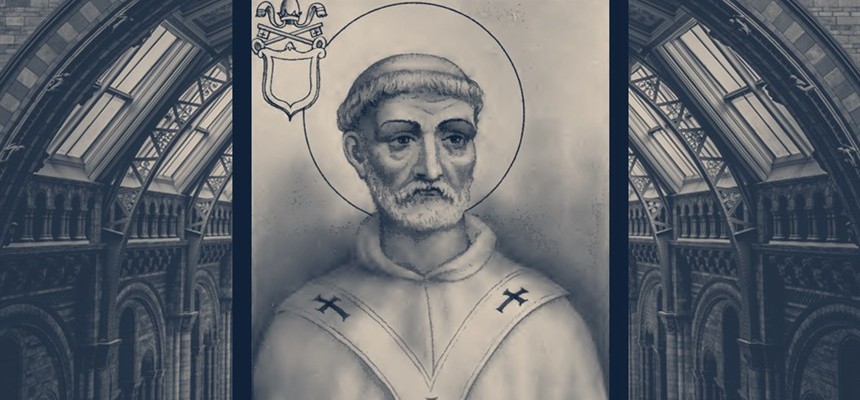
Anastasius was born around 865, son of a Roman noble named Lucian. The theory that he was really the son of Pope Sergius and Marozia, the daughter of Theophylact, one of the leading men of Rome, is not likely. Sergius was born about five years before him and Marozia was born about 25 years after the birth of Anastasius.
The young man appears to have been well educated for the time and became a cleric fairly early in his career. By the time he was 43, he had become a cardinal deacon and, later the same year, a cardinal.
It appears that the young cardinal was considered to be a neutral candidate in the election after the death of Pope Sergius III. However, it is said that Theodora, wife of the powerful Theophylact, and an influential woman in her own right, chose him and pushed for his election. Some time between April and June, 911, Anastasius became the new pope, but, at the behest of Theophylact. He had little freedom of action, but he did not lose his head.
During the short reign of Anastasius, two events occurred which would change the face of Europe. In the early 900s, the Saracens, who were already occupying Calabria, fortified a base and town on the Garigliano River, between Rome and Naples. It overlooked the Tyrrhenian Sea. From there, the Saracens were befriending the small principalities in the area, encouraging friendships and conversions to the Muslim faith. Within a few years of the death of this current pope, battles began there.
Meanwhile, Norsemen from Scandinavia had invaded the Seine River valley of West Francia (France) about the same time. By 911, they were a formidable foe. The commander of the northern forces was a man named Rollo. That year, the Norsemen sailed up the river to Chartres and attacked. Richard of Burgundy defended the city. The bishop led a mob of peasants and started chasing the invaders. King Charles the Simple and his cavalry also started to chase them. The insurgents got to their ships but realized that they did not have enough time to load all the soldiers onboard. As an alternative, they took the livestock off the boats and slaughtered them, leaving the carcasses in view. Charles’ soldiers and horses were intimidated by the sight and smells. Negotiations began. In the end, King Charles gifted the attackers land between the mouth of the Seine and what would become Rouen in exchange for Rollo agreeing to end his war, swear allegiance to Charles, convert to Christianity and pledge to defend the Seine’s estuary from further Viking attack. Thus, was Normandy formed.
As Germany became more Catholic, more dioceses were formed. The only paperwork we have of Anastasius is that which showed the granting of privileges to these dioceses.
Anastasius died relatively young, most likely from natural causes. He was buried in the Basilica of St. Peter in Rome. He had reigned, at most, two years and two months.

Recent Comments